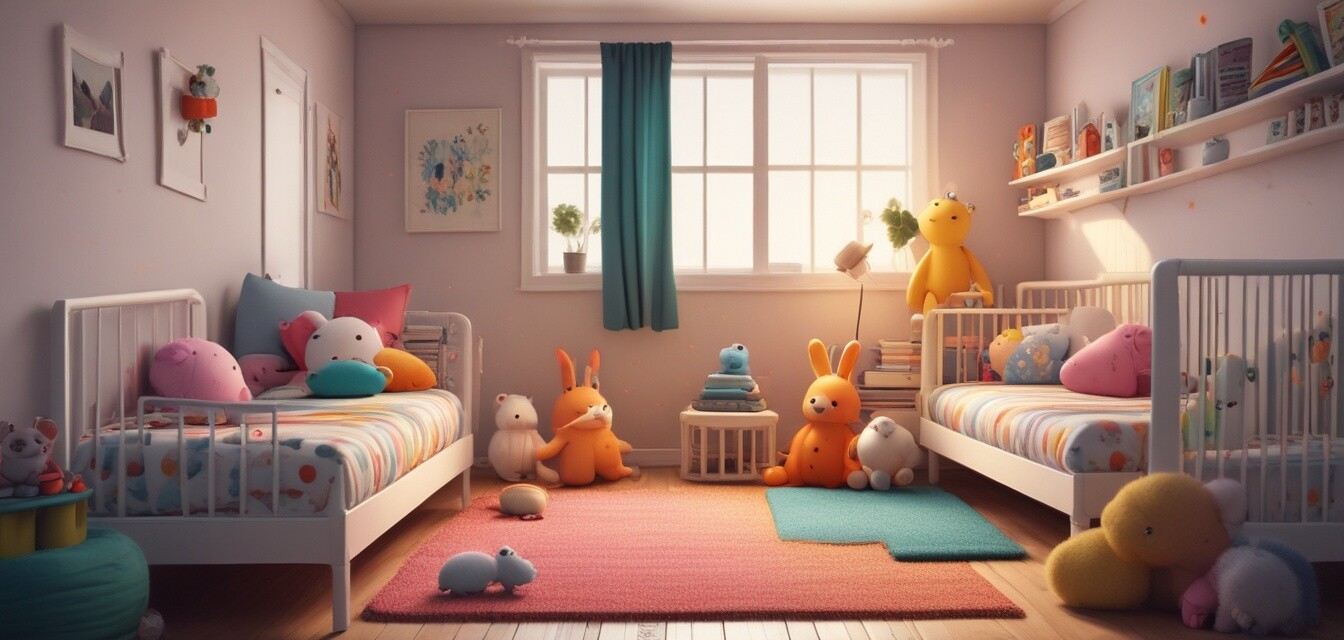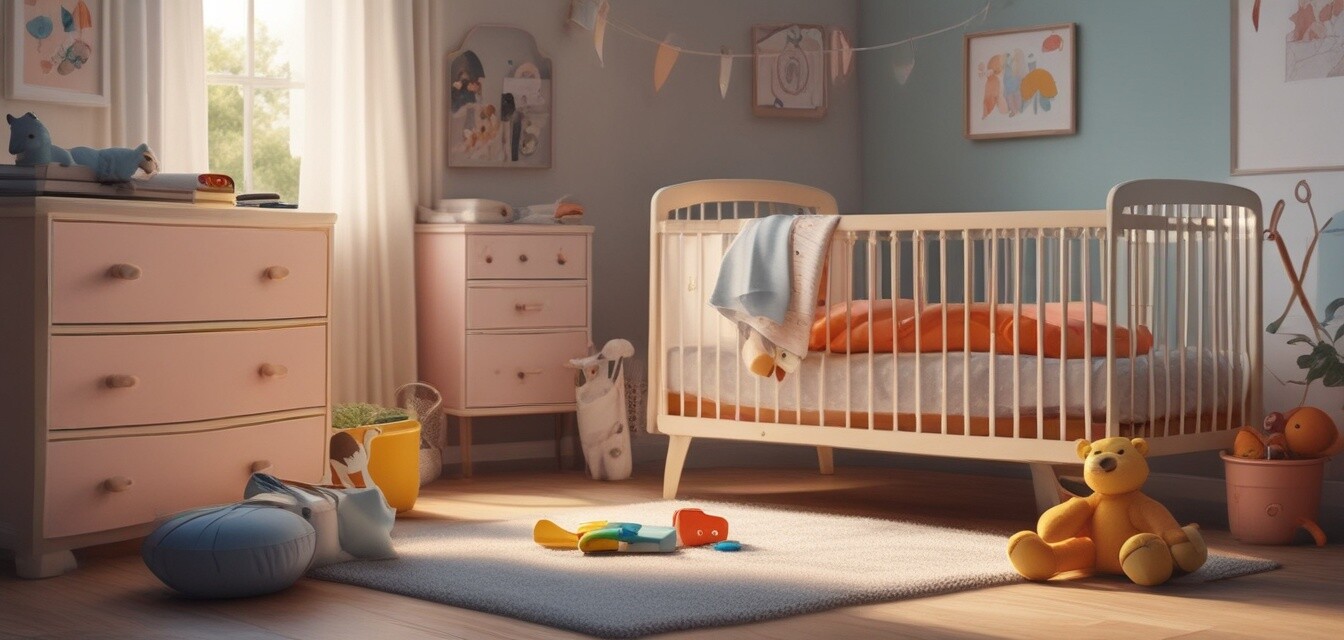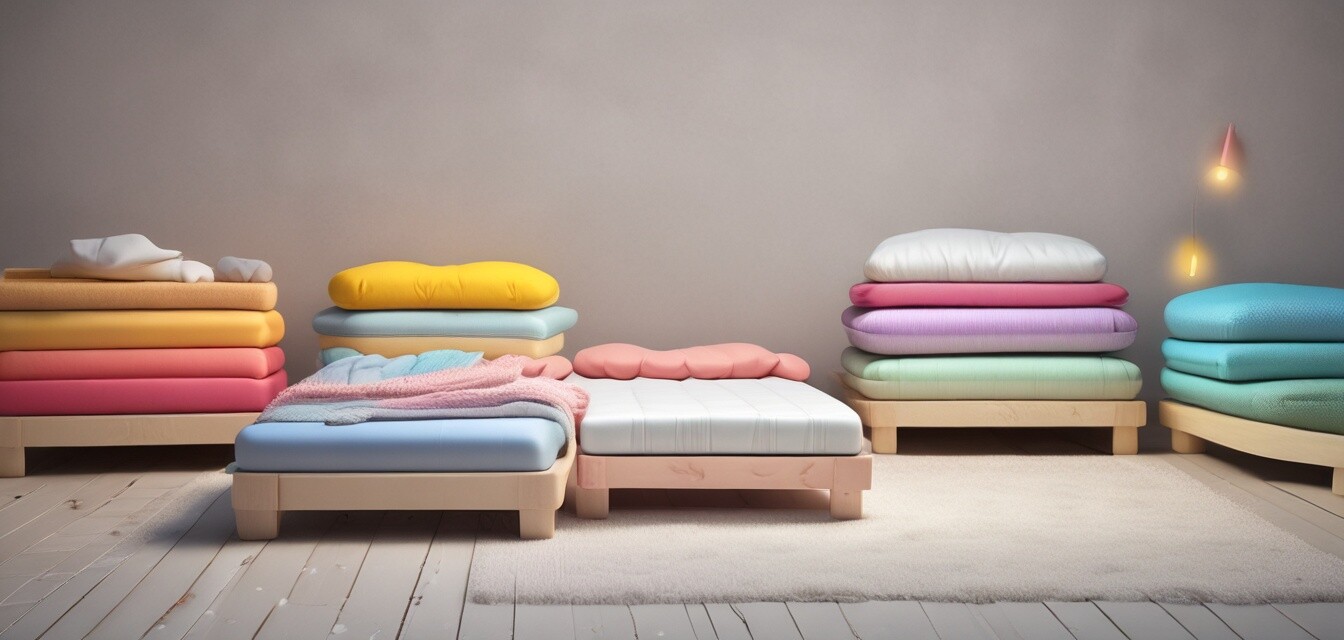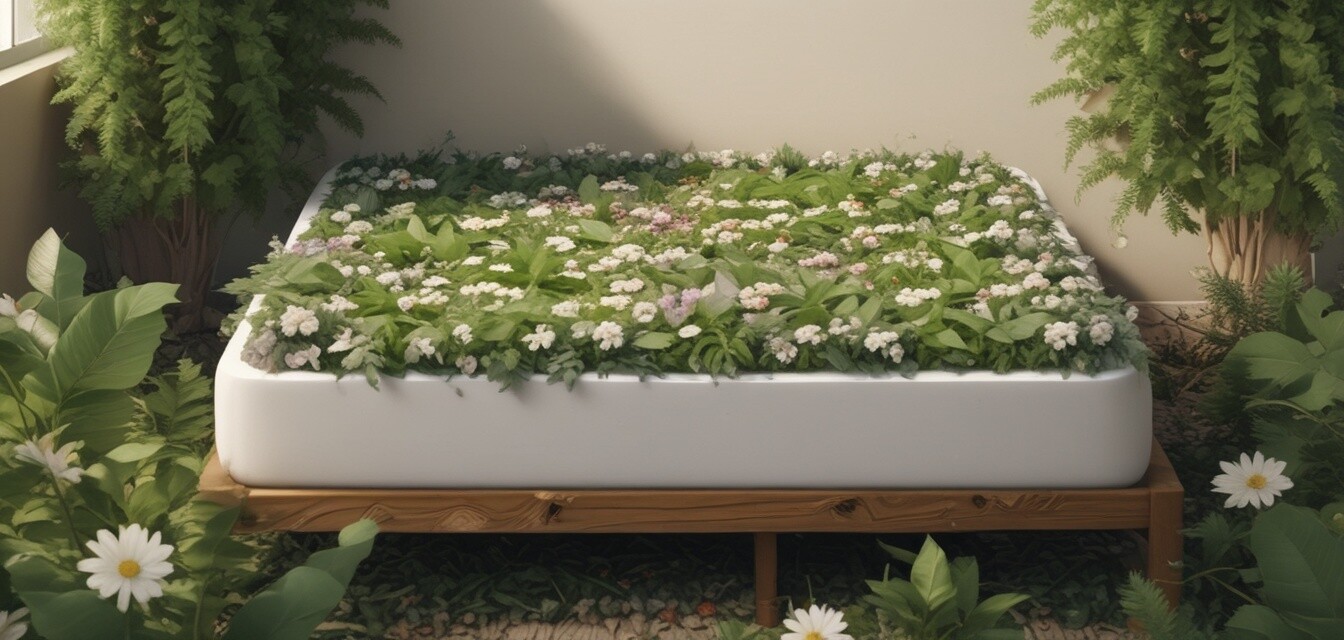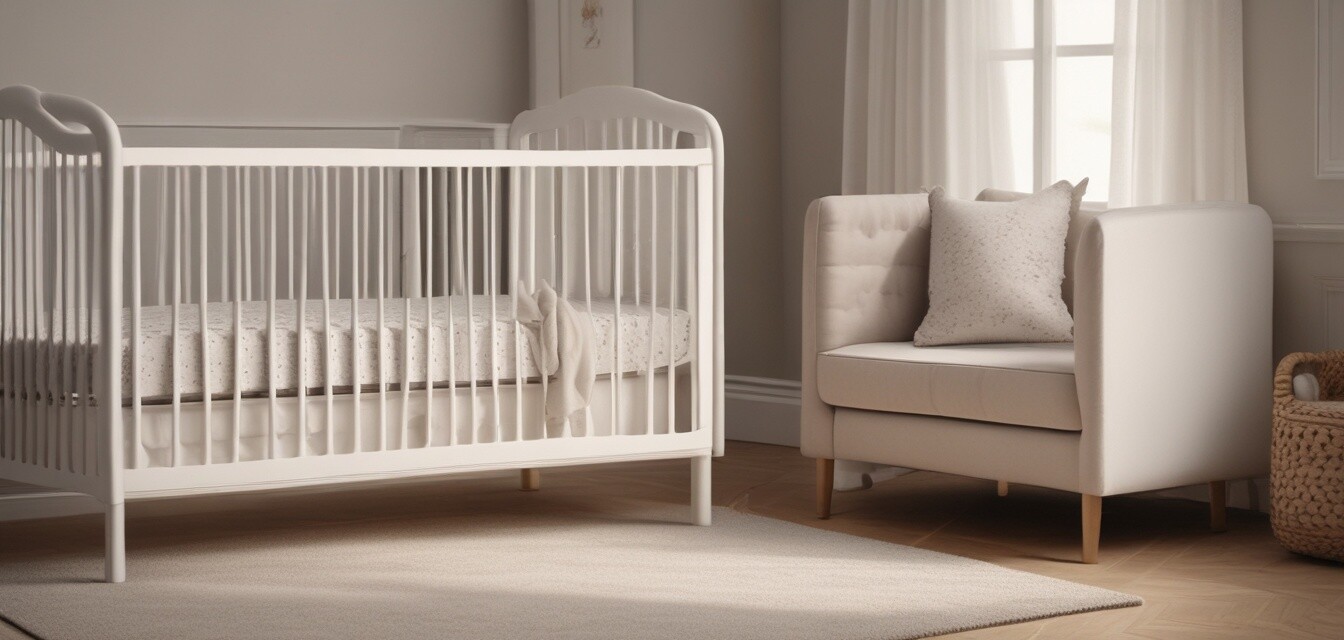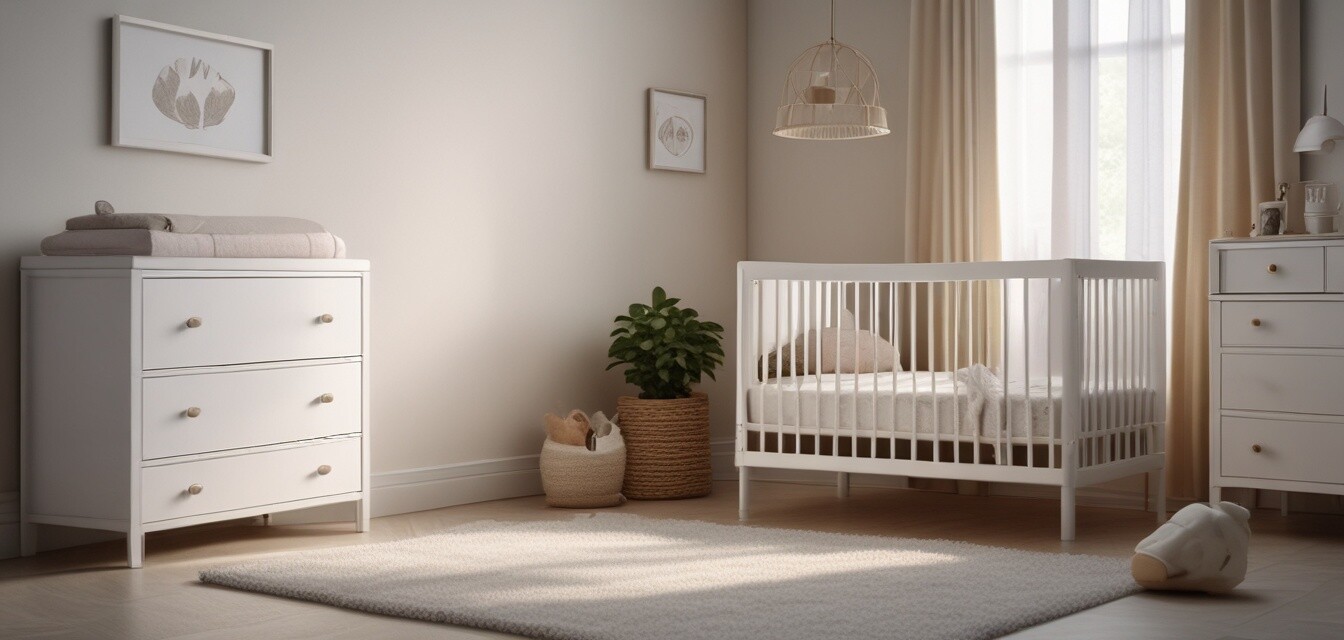
Cot mattress safety standards
When it comes to your child's sleep environment, safety is a top priority. Understanding cot mattress safety standards ensures that you are providing a secure sleeping space for your baby. This article will delve into essential safety certifications, materials used, and best practices to help you make informed decisions.
Key Takeaways
- Look for mattresses that meet safety certifications.
- Be aware of the materials used in mattress construction.
- Regularly check your cot mattress for wear and tear.
- Consider your child’s specific needs when selecting a mattress.
Understanding cot mattress safety standards
Cot mattresses are essential for your child's comfort, but they must adhere to strict safety standards. Let's explore these crucial aspects:
1. Safety certifications
When selecting a cot mattress, look for these safety certifications:
| Certification | Description |
|---|---|
| Greenguard Gold | Ensures low chemical emissions for better indoor air quality. |
| ASTM International | Sets safety standards for materials and manufacturing processes. |
| CertiPUR-US | Certifies foam in mattresses has low VOC emissions and is free from harmful substances. |
2. Materials to consider
The materials used in cot mattresses can significantly affect safety. Here are some materials commonly used:
- Foam: Lightweight and supportive but check for safety certifications.
- Innerspring: Offers good support; ensure the coils are appropriately tempered for safety.
- Organic materials: A great option for reducing chemical exposure; look for certified organic padding.
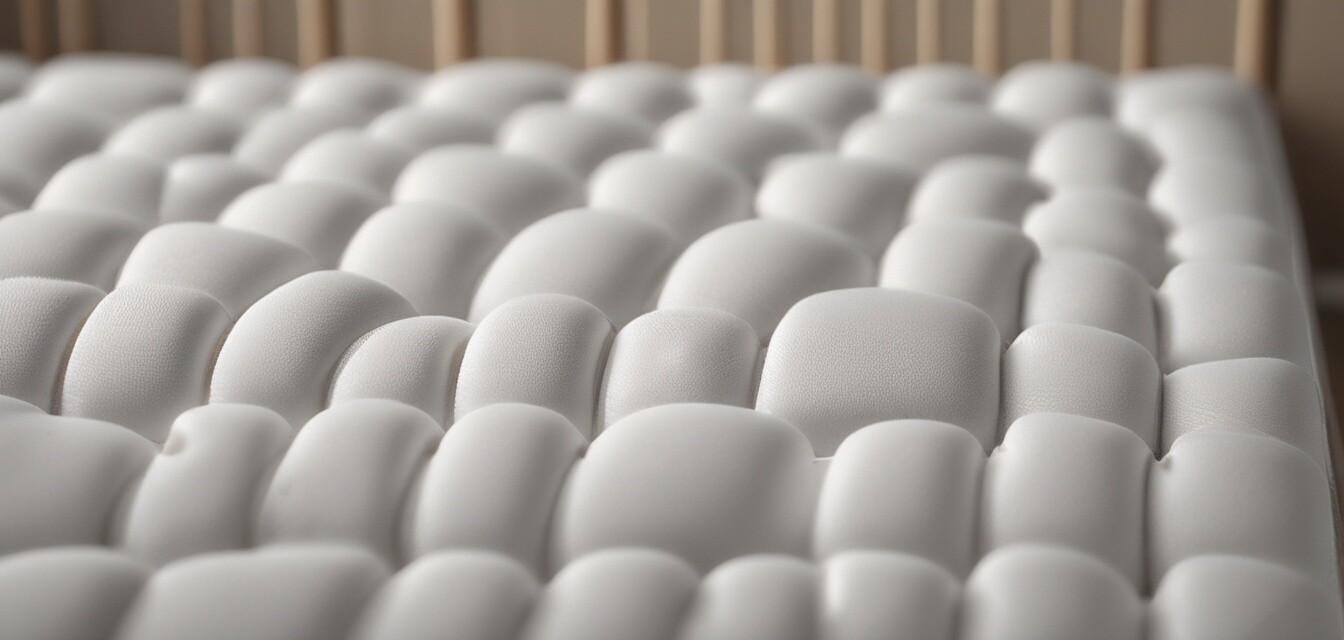
Additional safety considerations
In addition to certifications and materials, consider the following safety factors:
1. Fit and size
A cot mattress should fit snugly in the cot without any gaps. This prevents entrapment hazards. Always measure your cot and choose a mattress that fits properly.
2. Firmness
A firm cot mattress is essential to reduce the risk of suffocation. Soft mattresses can pose a safety risk, so ensure that the mattress is specifically rated as firm.
3. Maintaining your cot mattress
Regular checks will ensure your cot mattress remains safe:
- Inspect for visible wear and tear.
- Look for any signs of mold or moisture.
- Clean spills immediately and follow the manufacturer's cleaning recommendations.
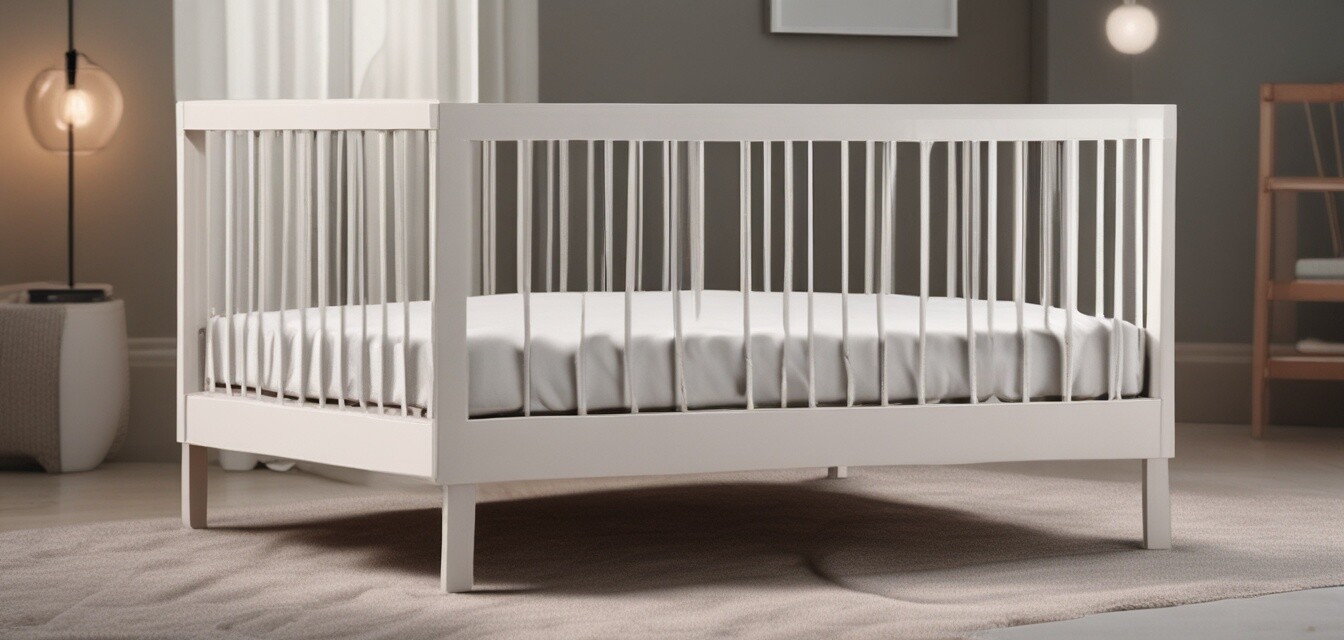
Choosing the right mattress for your child
When selecting a cot mattress, consider the following factors:
- Breathable cot mattresses for improved airflow.
- Dual-sided options that adapt as your child grows.
- Hypoallergenic mattresses to minimize allergy risks.
- Organic choices for eco-conscious families.
- Travel mattresses for parents on the go.
Pros
- Adhering to safety standards ensures peace of mind.
- High-quality materials contribute to a healthier sleep environment.
- Regular maintenance can extend the life of your cot mattress.
Cons
- Some high-quality mattresses may be more expensive.
- Finding the right fit can be challenging in certain cot models.
Conclusion
Selecting the right cot mattress is crucial for the safety and comfort of your child. Always prioritize safety standards, choose the right materials, and maintain the mattress properly. You'll ensure a safe sleeping environment, giving you peace of mind as your child gets the rest they need.
Beginner's tips for choosing a cot mattress
- Always read reviews and comparisons.
- Check for certifications and safety testing.
- Consider your child's specific needs.

